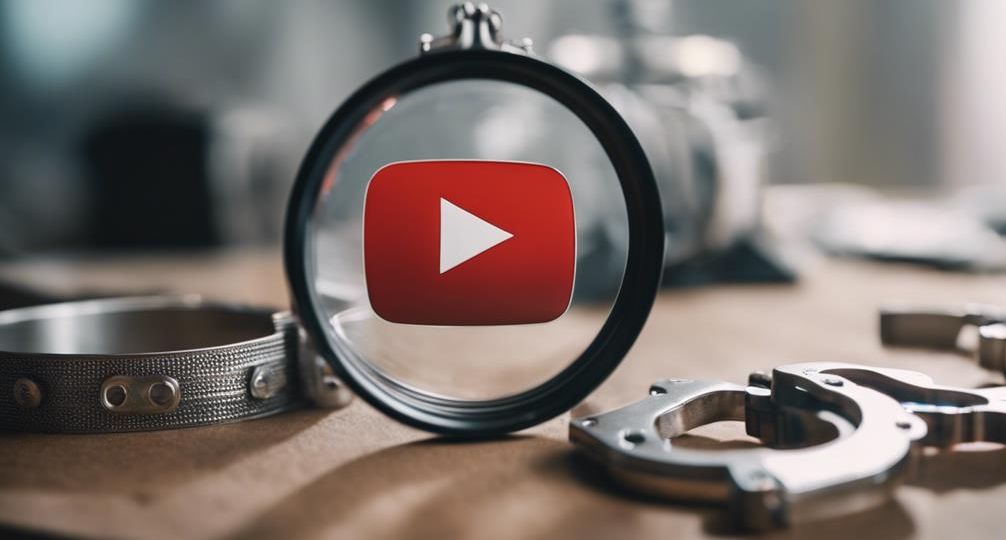
Can watching a YouTube video be illegal?
Is it possible that simply watching a video on YouTube could be illegal?
You’re probably familiar with the concept of illegal downloading and sharing content, but less likely to consider that watching a video could land you in hot water.
Yet, factors like copyright infringement, privacy violations, and geographical restrictions might make this more complex than you think.
As we venture into this multi-faceted issue, you’ll get a glimpse of the legal minefield that potentially lies beneath the surface of your seemingly harmless YouTube browsing.
Key Takeaways
- Watching copyrighted content without permission on YouTube can lead to legal consequences such as account suspension or prosecution.
- YouTube’s data collection and targeted advertising practices raise significant privacy concerns for users.
- Viewing pirated or inappropriate content poses risks to viewers, from cybersecurity threats to legal repercussions.
- Unauthorized distribution of copyrighted materials on YouTube negatively impacts creators’ earnings and stifles innovation.
Understanding YouTube’s Terms of Service
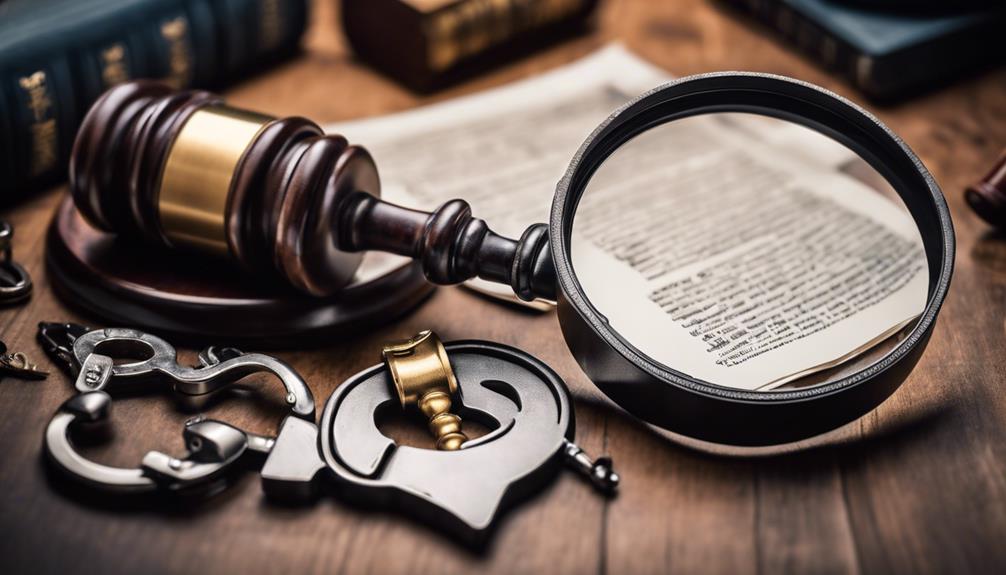
Often, to fully grasp whether watching a YouTube video could potentially be illegal, it’s crucial that you understand YouTube’s Terms of Service, which lay out the legalities and restrictions associated with the platform’s usage. Ignorance of this Service Agreement can lead to unforeseen problems, and the risks of misinterpretation are high.
The Terms of Service, in essence, form a legally binding contract between you and YouTube. They outline what you can and can’t do on the platform, and breaching them could result in penalties. The agreement also includes guidelines on user conduct, privacy, and intellectual property rights. The risks associated with not understanding these rules include account suspension, legal action, and potential damage to your online reputation.
It’s essential to note that the Terms of Service are subject to change, and YouTube often updates them to reflect new technologies, legal requirements, or changes in their services. So, it’s not enough to read them once and forget about them. You should make it a habit to periodically review these terms to stay in compliance.
Innovation requires responsibility. By understanding YouTube’s Terms of Service, you demonstrate a commitment to ethical online behavior and contribute to the platform’s positive development.
How Copyright Impacts YouTube Viewers
Navigating through the complexities of copyright laws, as they apply to YouTube, can be challenging. It’s crucial for you, as a viewer, to comprehend YouTube’s copyright policies to avoid any potential legal pitfalls.
Unforeseen legal consequences could arise from innocently viewing, sharing, or downloading content that infringes copyright laws.
Understanding Copyright Laws
To fully grasp how copyright laws can impact your experience as a YouTube viewer, it’s crucial to first understand what these laws entail and how they operate in the online space.
Under copyright laws, creators have exclusive rights to their work. The Fair Use Doctrine, however, allows limited usage of copyrighted material without requiring permission from the rights holders. This includes uses for commentary, criticism, news reporting, research, or education. Yet, it’s a grey area that often leads to disputes.
Crossing these boundaries can result in Copyright Infringement Penalties like legal fees or even jail time. Therefore, understanding these laws not only safeguards your viewing experience but also fosters a digital culture that respects and values original content.
YouTube’s Copyright Policies
Building on the principles of copyright laws, it’s vital to consider how YouTube’s copyright policies can directly affect you as a viewer. YouTube’s monetization policies and Content ID system are there to protect both creators and viewers. Here’s how:
- YouTube’s monetization policies ensure that creators are compensated for their work, while also maintaining a fair and engaging user experience.
- The Content ID system identifies and manages copyrighted content. It can block or monetize a video if it contains copyrighted material.
If a video is taken down due to copyright infringement, viewers lose access to that content. Viewers can also be affected by copyright disputes, as they can result in video removals or channel terminations.
Understanding these policies can help you navigate YouTube’s content more effectively and responsibly.
Possible Legal Consequences
As a YouTube viewer, you might wonder if there are any potential legal consequences for watching videos that infringe on copyright laws. Well, the answer isn’t straightforward. While the platform itself bears the brunt of legal repercussions, viewers’ liability is less clear.
It’s rare, but there are instances where viewers have faced legal actions. The specifics often depend on the jurisdiction. Here’s a brief outline of possible scenarios:
| Action | Potential Consequence | Is it Likely? |
|---|---|---|
| Watching copyrighted content | Cease and desist letters | Rare |
| Downloading copyrighted content | Legal actions, fines | More likely |
| Sharing copyrighted content | Hefty lawsuits | Very likely |
Privacy Violations and YouTube
As we turn our attention to ‘Privacy Violations and YouTube’, consider the website’s data collection practices, which often occur without explicit user consent. You’re likely unaware of the extent of unwanted tracking on YouTube and how it can compromise your sense of privacy.
Personal information, too, becomes a concern, as YouTube’s handling of such data often raises questions about the legality of its methods.
YouTube’s Data Collection Practices
You mightn’t be aware, but every time you watch a video on YouTube, significant amounts of your personal data are collected and analyzed. This practice, known as data monetization, is a key part of YouTube’s business model. It’s used for user profiling, creating detailed portraits of your preferences and habits. This data is then leveraged to make YouTube’s advertising more targeted and effective.
Consider the following aspects:
- Personalized recommendations based on your viewing history
- Ads tailored to match your interests
- Analyzing your interactions to improve user experience
- Information sharing with third parties for business purposes
While these practices can enhance your YouTube experience, it’s crucial to understand the extent of this data collection and consider its implications on your personal privacy.
Unwanted Tracking on YouTube
Despite the benefits of personalized content, it’s hard to ignore the unsettling reality of unwanted tracking on YouTube that can potentially violate your privacy. As you navigate through various videos, YouTube’s user profiling system is continually gathering information about your preferences and behaviors. This data is then used to serve you targeted ads, a practice that some users find intrusive.
The good news? You’re not entirely powerless. Ad blocking software can be a potent tool in your arsenal, helping to mitigate these privacy concerns. With these programs, you can limit the extent of ad tracking, giving you more control over your online footprint.
But remember, while these tools can provide relief, they’re not a complete solution. It’s essential to stay informed and proactive in safeguarding your digital privacy.
YouTube and Personal Information
When it comes to YouTube, potential privacy violations concerning your personal information are a significant concern. The platform’s algorithm bias can lead to unanticipated exposure of your data, potentially impacting your online privacy.
You should be aware of:
- How YouTube’s algorithm bias impacts the content you view
- The potential for personalized ad exposure to reveal your interests
- The extent of information collected by YouTube
- How this data is subsequently used
The issue isn’t just about seeing tailored ads—it’s about the broader implications of how your data is handled. This concern calls for innovative solutions to protect individual privacy while still enjoying the benefits of personalized content. Being aware is the first step to secure your online presence.
The Role of Geographical Restrictions
Geographical restrictions play a crucial role in shaping the legality of watching YouTube videos, often contributing to varying legal landscapes across different regions. These restrictions, commonly known as geo-blocking, are implemented to control content accessibility based on the viewer’s location. This could be due to regional censorship or licensing agreements.
You may encounter geo-blocking when trying to access content not allowed in your region. This is where the concept of geo-blocking bypass comes into play. It’s a technique used to trick the system into thinking you’re accessing from a permitted location, hence allowing you to view the content.
Let’s analyze this in a simplified manner:
| Geo-Blocking Aspect | Description |
|---|---|
| Geo-blocking | A method restricting access to content based on the user’s geographical location. |
| Regional Censorship | A form of geo-blocking where content is restricted due to local laws or regulations. |
| Geo-blocking Bypass | Techniques used to circumvent geo-blocking, allowing access to restricted content. |
Circumventing YouTube’s Age Restrictions
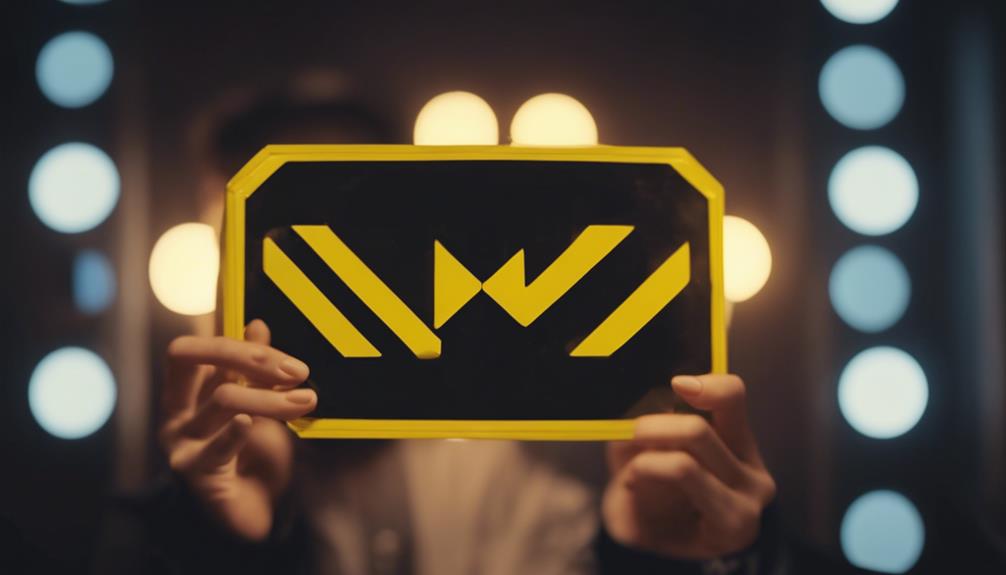
Just as geo-blocking can prevent access to certain content, YouTube’s age restrictions serve as another barrier, specifically designed to limit content that may be inappropriate for younger viewers. These are mechanisms of Parental Control, aimed at ensuring the safety and appropriateness of content for different age groups.
However, circumventing these age restrictions, while possible, isn’t necessarily legal or ethical. It’s important to understand the implications:
- Circumvention can lead to viewing content that isn’t age-appropriate or potentially harmful.
- It undermines the Age Verification process, making it less effective.
- It can expose younger viewers to mature or explicit content.
- It bypasses YouTube’s efforts to create a safe environment for all users.
Understanding these implications, it’s clear that while circumvention might seem like an innovative workaround to immediate access, it’s a practice that carries consequences. The legality is murky, and the ethical implications are certainly up for debate. In the end, the responsibility falls on you as a user to respect these guidelines, not only for your safety, but for the integrity of the platform as a whole.
Viewing Leaked or Stolen Content
Diving into the murky waters of leaked or stolen content, it’s crucial to understand the risks and legality associated with viewing such material on platforms like YouTube. It’s not just about digital piracy consequences; you’re also opening yourself up to cybersecurity threats.
When you access leaked or stolen content, you’re essentially supporting the unauthorized distribution of copyrighted materials. You’re indirectly contributing to the financial losses experienced by content creators and industries. Moreover, these actions can lead to consequences such as loss of access to your YouTube account or even legal repercussions.
Furthermore, cybersecurity threats loom large. Many times, these leaked videos are uploaded on dubious websites that are riddled with malware and phishing scams. The moment you click on such a link, you expose yourself and your device to potential hacking and data theft.
In the age of innovation and digital freedom, it’s easy to overlook the boundary between what’s legal and what’s not. But remember, with freedom comes responsibility. It’s important to stay informed and respect the intellectual property rights of others while enjoying content online. It’s not just about avoiding penalties; it’s also about fostering a respectful and safe digital environment for everyone.
Pirated Material on YouTube
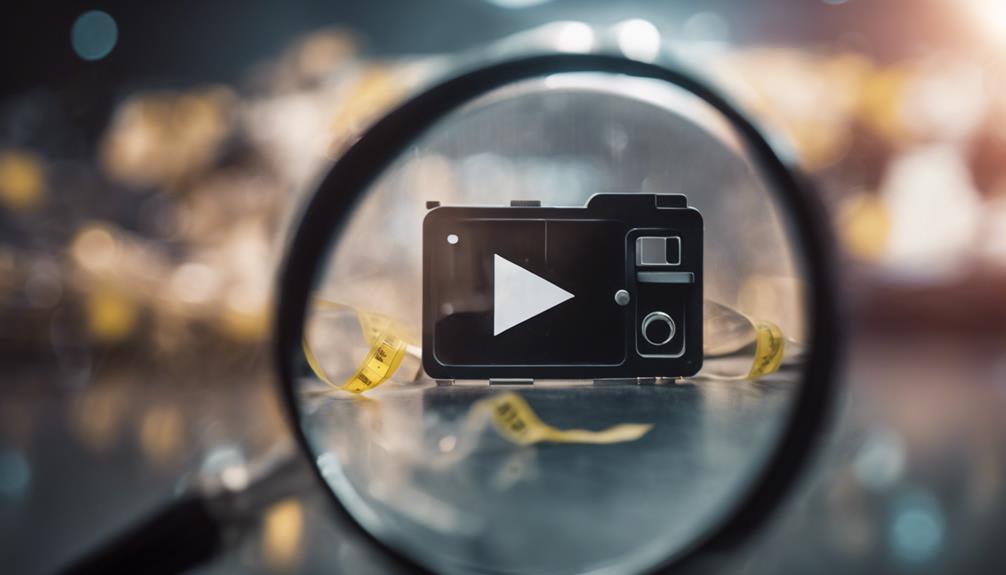
So, what happens when you stumble upon pirated material on YouTube? It’s a complex issue, tangled up in the intricacies of copyright law, user rights, and YouTube’s piracy detection mechanisms.
YouTube is proactive in its approach to combat piracy. They’ve developed a system called Content ID, a digital fingerprinting system that identifies and manages copyrighted content. This innovative system allows copyright owners to monetize, track, or block their content. However, you might be wondering:
- How does YouTube’s piracy detection work?
- What’s the role of monetizing pirated content?
- How effective is YouTube in identifying pirated content?
- How does YouTube handle the pirated videos?
YouTube’s piracy detection works by comparing uploaded videos against a database of files submitted by content owners. Monetizing pirated content, on the other hand, gives copyright owners the option to run ads on videos that contain their copyrighted content. This way, they can earn revenue rather than just removing the video. It’s a unique approach, but it raises questions about the blurred lines between piracy, copyright infringement, and fair use, which we’ll delve into later.
The Consequences of Illegal Viewing
While YouTube’s piracy detection mechanisms and monetization strategies offer a unique approach to managing pirated content, it’s important to consider the potential consequences you may face as a viewer for watching illegal content on the platform. The realm of illegal streaming penalties isn’t always clear-cut, but you’d be mistaken to think that it’s a risk-free zone.
For starters, viewing pirated content can result in content sharing repercussions, impacting your ability to share or even access content on YouTube. Your account could be suspended or terminated, making it impossible to engage with the innovative community of creators and viewers. Furthermore, you could potentially face legal consequences if the copyright holders decide to pursue a case.
Additionally, there’s the moral dimension to consider. By viewing pirated material, you’re essentially robbing creators and artists of their rightful earnings. This, in turn, stifles innovation, as creators may not have the funds to continue creating valuable content.
Protecting Yourself as a YouTube User
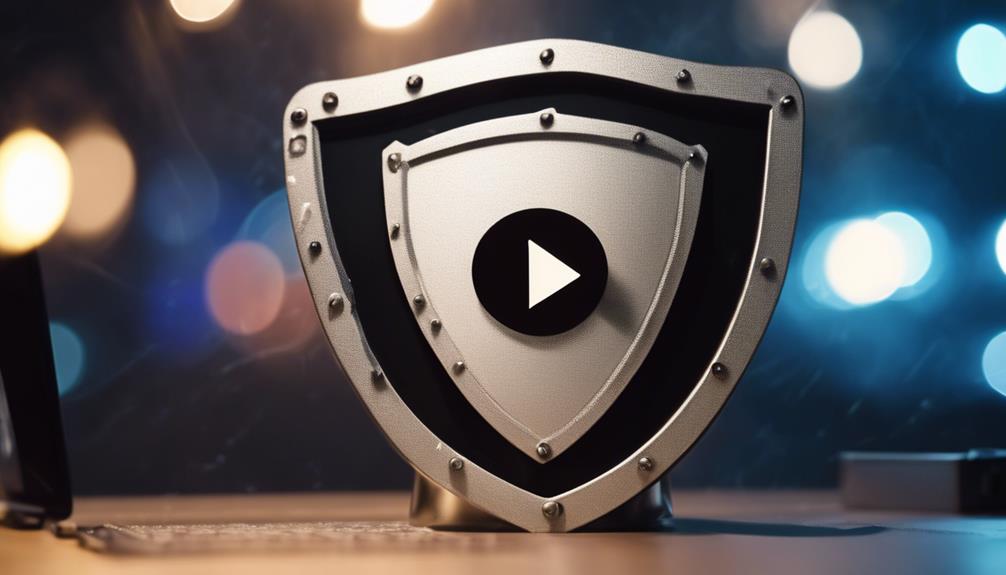
To safeguard your online experience, it’s crucial that you’re well-informed about the steps to protect yourself as a YouTube user. User safety measures can ensure you engage with content in a secure manner while helping maintain content legitimacy.
Here’s a rundown of some key strategies:
- Be careful of what you click: Beware of suspicious links. They might direct you to harmful or illegal content.
- Check the uploader’s credibility: Reputable channels often have a verification mark. This ensures the content’s legitimacy.
- Update your privacy settings: Altering these can protect your personal information from being exposed or misused.
- Report inappropriate content: If you come across content that violates YouTube’s policies, report it. This helps maintain the platform’s integrity.
Keeping these guidelines in mind, you can navigate YouTube safely and responsibly. Remember, the platform itself can’t fully control what’s uploaded, so it’s your responsibility to be discerning. By educating yourself, you not only protect your personal safety but also contribute to a more trustworthy and legal digital content landscape. Don’t forget, innovation in the digital space isn’t just about embracing new technologies, but also about using them responsibly.

